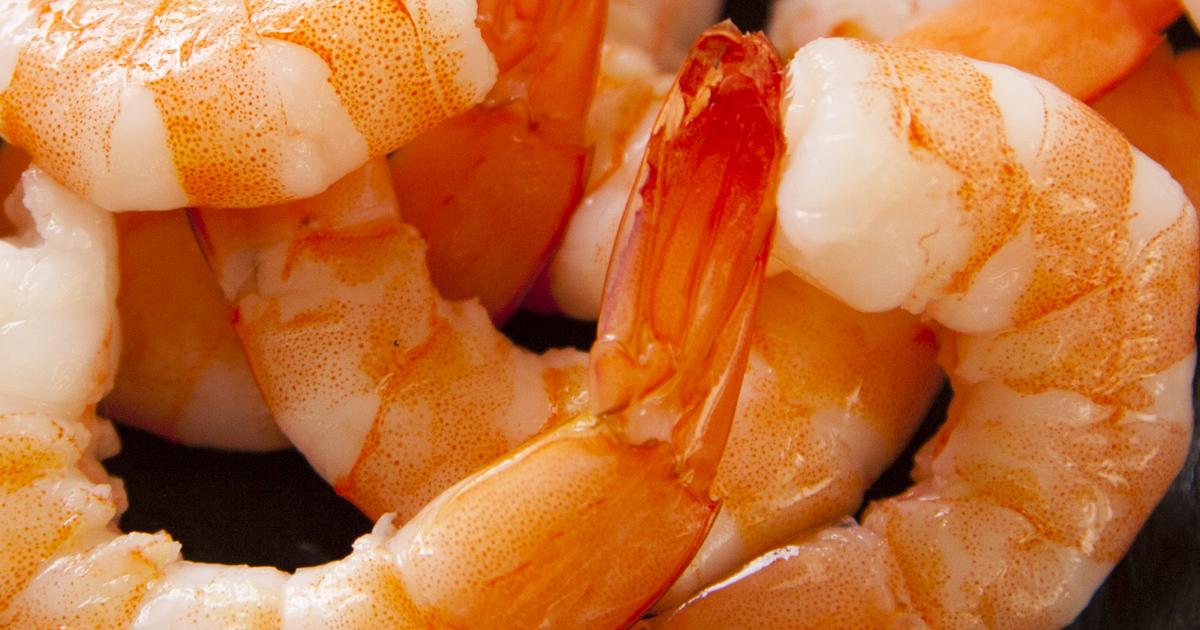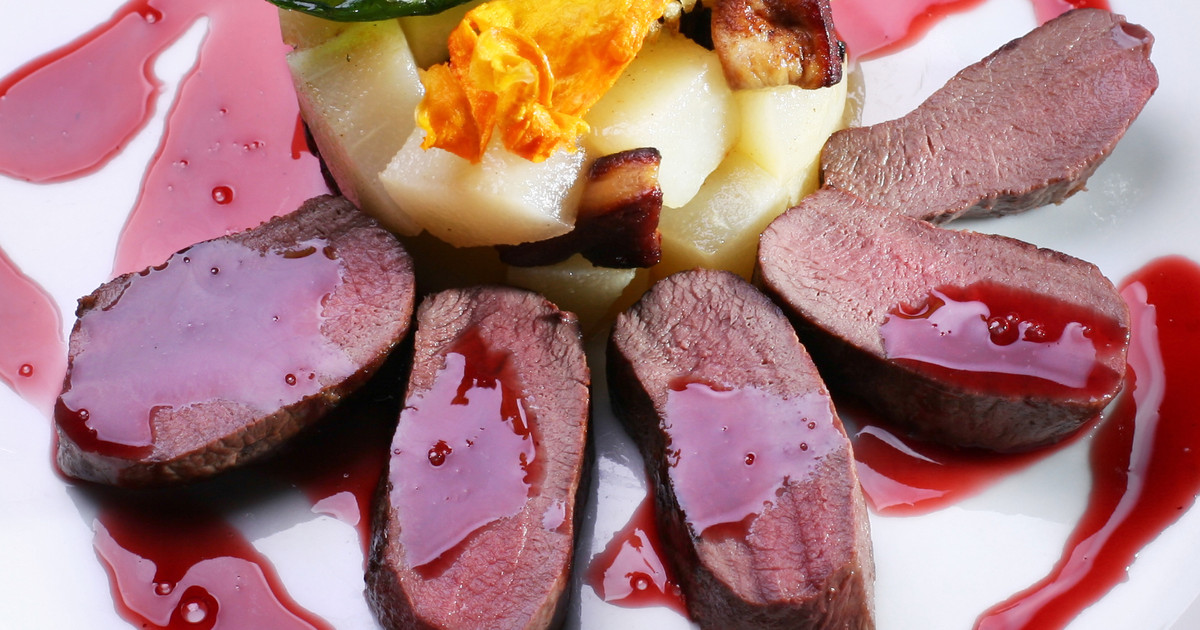Overview Of Foods That Trigger Gout Flares
Gout is a type of arthritis that causes sudden episodes of severe pain and swelling in the joints. Many patients experience these flares at night. Gout can affect any joint, and the elbows, knees, ankles, and wrists are frequently impacted. However, the big toe is the most commonly affected joint. Gout patients may notice that their range of motion becomes limited. They may also have lingering discomfort after a flare. Gout is the result of uric acid accumulating in the blood. This triggers a buildup of urate crystals in the patient's joints, producing pain and other symptoms. The body will produce uric acid as it breaks down the purines in food. Diets rich in purines could trigger gout flares.
Many patients may need colchicine tablets and other gout pills to manage their condition and achieve gout pain relief. Uric acid medicine is quite helpful. Of course, individuals need to follow a gout diet to help manage their symptoms. This often means consulting a nutritionist or doctor. However, it is also helpful to understand which foods can trigger gout flares when designing a purine-restricted diet.
Shellfish

Aquatic animals with exoskeletons (bones on the outside of their bodies) are known as shellfish. Clams, shrimp, crab, lobster, scallops, oysters, and mussels are all in this food group. The purine content of these foods is very high. Thus, gout patients are encouraged to avoid or minimize their consumption of shellfish to reduce the risk of experiencing a gout flare. Patients should not consume any shellfish during a gout flare. Individuals with gout who are not experiencing flares can safely consume a moderate amount of this type of seafood each week. Patients should check with their doctor to find out about the safest amount for their needs. Doctors advise gout patients to opt for fish with a moderate level of purines. Shrimp, lobster, oysters, clams, and crabs have moderate purine levels.
Patients can reduce the purine content in seafood by boiling or steaming. Boiling reduces the purine content by up to sixty percent. Steaming reduces purines to a lesser degree. Microwaving fish or seafood does not alter the purine content. Freezing leads to a very slight reduction in purines after ten weeks. Patients should always consult with their doctor to ensure that it is safe for them to consume fish. Doctors can provide personalized advice on the safest types of fish and seafood, as well as the most appropriate weekly amount for the patient's overall health.
Veal And Venison

Veal and venison are both high in purines. Ideally, gout patients should eliminate these meats from their diet as they will often trigger symptom flares. Along with veal and venison, it is particularly important to stop consuming liver and other organ meats. Doctors recommend that individuals with gout aim to consume no more than four ounces of meat each day. Generally, chicken, turkey, and other white meats contain fewer purines. Thus, they are considered healthier for gout patients than red meats like beef and lamb.
Individuals with gout need to be aware of their overall protein intake too. Many individuals consume too much protein. It may be helpful to speak to a nutritionist and get personalized recommendations on appropriate daily protein intake. Many nutritionists recommend that gout patients try to include plant-based sources of protein in their diets. Since some vegetables are high in purines, it is essential to speak with a nutritionist to get advice on appropriate meal planning before making any dietary changes.
